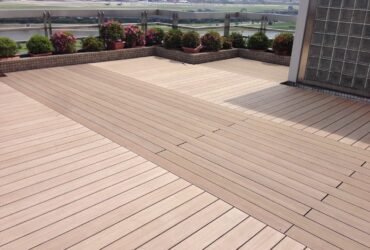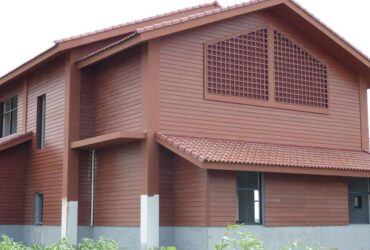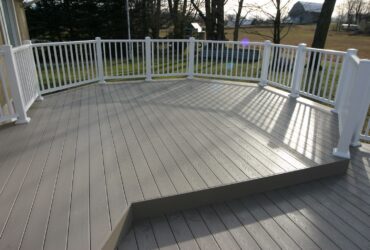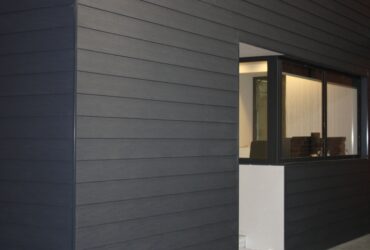Performance Comparison Of Different Wood-Plastic Materials
The molding temperature of wood-plastic materials is an important parameter that affects the cost and performance of materials. Excessively high temperatures cause higher energy consumption, and straw powder is easy to carbonize, resulting in performance degradation. If the temperature is too low, it will affect the degree of fusion between the reinforcing base and the resin and reduce the overall performance.By comparing different wood-plastic composite materials and the same wood-plastic composite materials under the same molding process,The physical properties of materials such as density, tensile strength, bending strength and impact toughness under different molding processes are studied, and the influence of molding process and material composition on the comprehensive properties of wood-plastic composites is studied.

Analysis of Influencing Factors of Density Attributes
The density of wood-plastic composites depends on the density of each component. The density of polylactic acid is 1200kg/m3, which is lower than that of PVC, which is 1400kg/m3. The density of glass fiber waste is greater than 2000kg/m3. The density of straw powder polylactic acid wood plastic material is higher than that of straw powder polyvinyl chloride wood plastic material. At the same time, the addition of glass fiber waste will increase the density of PVC wood-plastic materials. The density of straw powder is relatively low, and increasing its content can reduce the density of wood-plastic materials. Studies have shown that the mechanical properties of wood-plastic materials with 20% reinforcing base content are optimal, and increasing the amount of foaming agent can effectively reduce its density. The molding rate, holding pressure and holding time in the production process also have a slight impact on the density of the sample. The main reason is that too fast molding speed is not conducive to the complete release of the foaming material, and too long holding time will cause the straw powder material to be qualitative. , thus affecting the density of the sample.
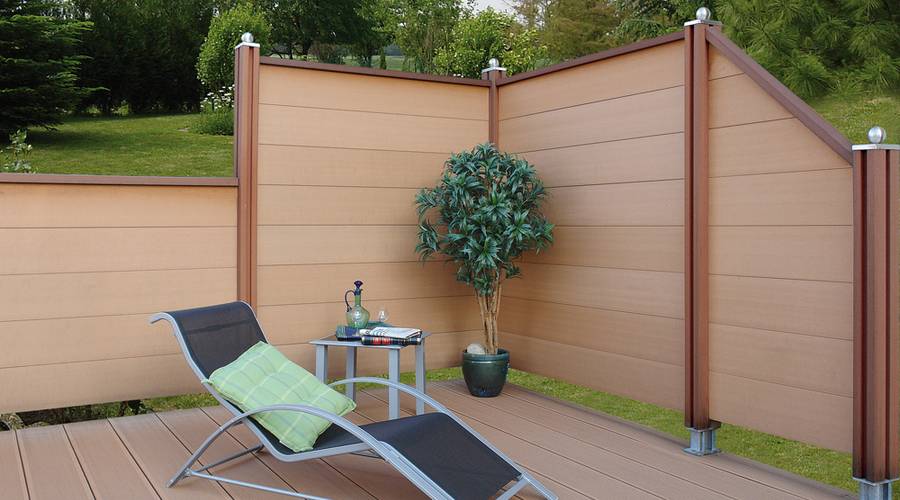
Comparative analysis of mechanical properties
The research data shows that the tensile strength and flexural strength of straw powder PVC wood-plastic materials have reached 27MPa and 52MPa, which are better than 18MPa and 19.5MPa of straw powder polylactic acid wood-plastic materials.In terms of impact toughness, straw powder polylactic acid wood plastic has reached 26KJ/m2, which is better than 18.6MPa of straw powder polyvinyl chloride wood plastic.However, compared with the traditional straw powder polypropylene wood-plastic material, the two wood-plastic materials studied have better mechanical properties.The tensile strength and flexural strength of the glass fiber particles formed by the glass fiber after treatment are relatively high.It has a good promotion effect on the improvement of these two properties of wood-plastic materials, and at the same time loses its strong toughness characteristics, which reduces the impact toughness of wood-plastic materials.As a new degradable and environmentally friendly wood-plastic material, straw powder polylactic acid wood-plastic has relatively high comprehensive performance. In terms of tensile strength and compressive strength, the surface treatment of the reinforced base material, the heating temperature and holding time during the wood-plastic molding process, and the addition of hard materials as the reinforced base can be further improved.

